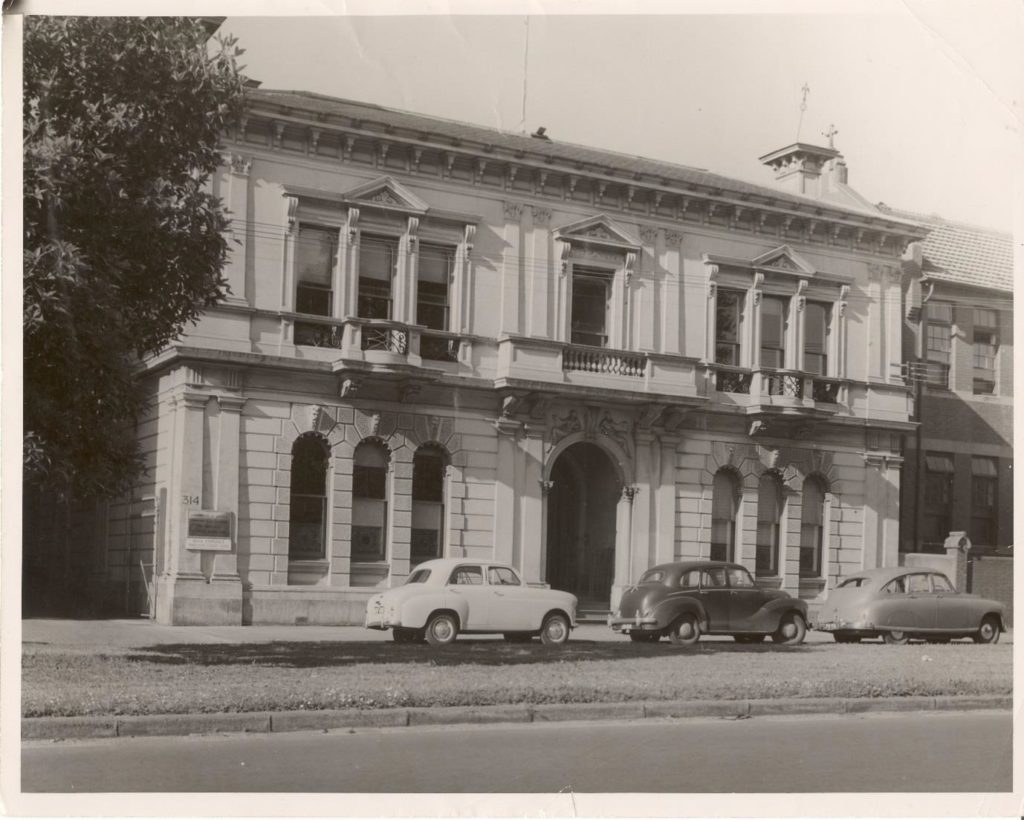Brief history
Since we started life as the Advisory Council of Science and Industry in 1916, we’ve advanced Australia with a range of inventions and innovations that have had significant positive impact on the lives of people around the world. Over nearly a century, we’ve been improving the lives of people everywhere with our science. Read more about our history in Origins of CSIRO (please note, this document may not be compatible with assistive technologies).
Our origins 1901-1926
The Argus, 1 January 1916
Australia’s CSIRO has a history that can be traced back to the earliest days of the Australian Federation in 1901. The first concrete steps took place in 1916 when Prime Minister Billy Hughes established the Advisory Council of Science and Industry, which evolved to the Institute of Science and Industry in 1920. Both institutions struggled for funding and a clear mandate as the fledgling Commonwealth Government contested its role with the States and as war and economic challenges shaped the young nation.
In 1926, Prime Minister Stanley Bruce revised the Science and Industry Research Act, changed the leadership arrangements and started to increase the funding. The Council for Scientific and Industrial Research (CSIR) emerged from these changes and the organisation grew rapidly and accumulated early successes. The Science and Industry Research Act was changed again in 1949 to form the Commonwealth Scientific and Industrial Research Organisation (CSIRO), which continues under this Act to this day.
2016 is thus the centenary year of Commonwealth Government engagement in civil science for Australian industry and community benefit.
Find out more about our origins 1901-1926. Read the Prime Minister’s press release (1936).
World War I
The Advisory Council of Science and Industry was located here, at 314 Albert Street, East Melbourne.
In 1916, the Australian Government established the Advisory Council of Science and Industry as the first step towards a ‘national laboratory’. By 1920, this had evolved into the Institute for Science and Industry under an Act of the Federal Parliament. In 1926, this Act was revised to form the Council for Scientific and Industrial Research (CSIR).
The headquarters of all three institutions were established in a commonwealth government property at 314 Albert Street East Melbourne (pictured). The first research investment by the Advisory Council was 250 pounds in the 1915/16 financial year in partnership with the Queensland and New South Wales Governments to explore control measures for the prickly pear pest that was invading millions of acres of agricultural land in eastern Australia.
The primary purpose of the Advisory Council of Science and Industry, the Institute of Science and Industry and the Council of Scientific and Industrial Research (CSIR) remained consistent and this purpose continues largely unchanged in the Commonwealth Scientific and Industrial Research Organisation (CSIRO) to this day. That is, to initiate and conduct scientific research to assist in the development of the primary and secondary industries of Australia: farming, mining and manufacturing being the focus in the early years. By the end of its first full year of operations in 1927, the CSIR had 53 staff located in all six Australian states.
1930-1950
During the 1930s and 1940s, research was conducted in the fields of:
The entrance of the building, C.S.I.R. (and later CSIRO) Division of Animal Nutrition, Kintore Avenue, Adelaide, South Australia.
- animal pests and diseases
- plant pests and diseases
- fuel problems, especially liquid fuels
- preservation of foodstuffs, especially cold storage
- forest products.
The onset of World War II (1939-45), saw the Council conducting research to assist the Australian Defence Forces, in areas such as radar.
After World War II ended, CSIR research expanded to include areas such as:
- building materials
- wool textiles
- coal
- atmospheric physics
- physical metallurgy
- assessment of land resources.
In 1949, CSIR ceased all defence work for the military and was renamed CSIRO, the Commonwealth Scientific and Industrial Research Organisation.
Recent history
Over the following decades, we’ve expanded our activities to almost every field of primary, secondary and tertiary industry, including the environment, human nutrition, conservation, urban and rural planning, and water. Find out more about our current work on CSIRO.au.



